In the year 1913, the world went into a frenzy when National Geographic released its April issue In the Wonderland of Peru, dedicated to the supposed “Lost City of the Incas,” Machu Picchu. Two years earlier, on July 24, 1911, history professor Hiram Bingham had found the Inca city never before known of by the outside world and not recorded in Spanish history of the conquest. Sponsored by Yale University, the National Geographic Society and the Peruvian government, he returned time and again to continue studying and excavating the site.
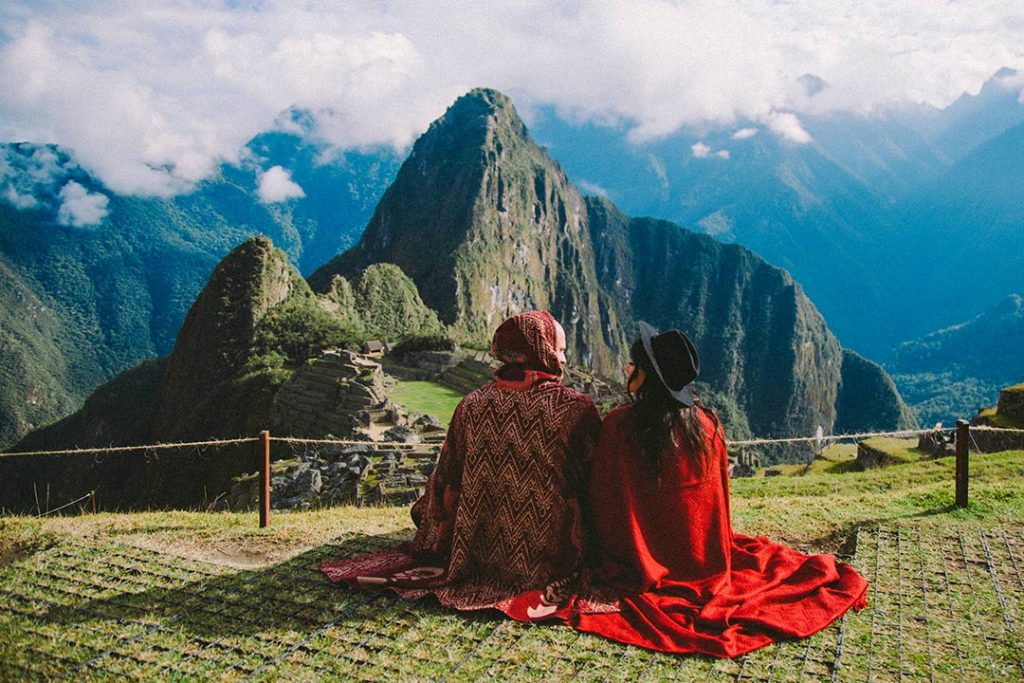
Hiram Bingham is known around the world, even in Peru, as the one who discovered the famous Inca citadel, but here are 9 things you didn’t know about the discovery of Machu Picchu:
1. It’s not the Lost City of the Incas
Hiram Bingham’s purpose in his expedition through the Andes was to find “The Lost City of the Incas,” their last capital and the place where their last king, Tupac Amaru, was captured by the Spanish in 1572, leaving the Incas definitively conquered and ending their empire. This place, according to history, was called Vilcabamba by the Spanish, originally Willkapampa in the native language. He was also looking for nearby Vitcos, the White Palace of Manco Capac where he fled to as he escaped the Spanish in 1537.
Though he also found Vitcos and Vilcabamba on his journey, under the name Espiritu Pampa, he didn’t realize their importance and instead focused his energies on Machu Picchu. He believed that it was, in fact, the mysterious Vitcos of Vilcabamba until the day he died. It wasn’t until Gene Savoy traveled to Espiritu Pampa in 1964 that it was cleared and excavated, and evidence showed it to be history’s real “Lost City.”
2. Machu Picchu is not the original name
Machu Picchu means “old mountain” in the region’s native language, Quechua. That’s just the name locals called the place as they guided Hiram Bingham on his travels! No one knows what the site was called in the time of the Incas.
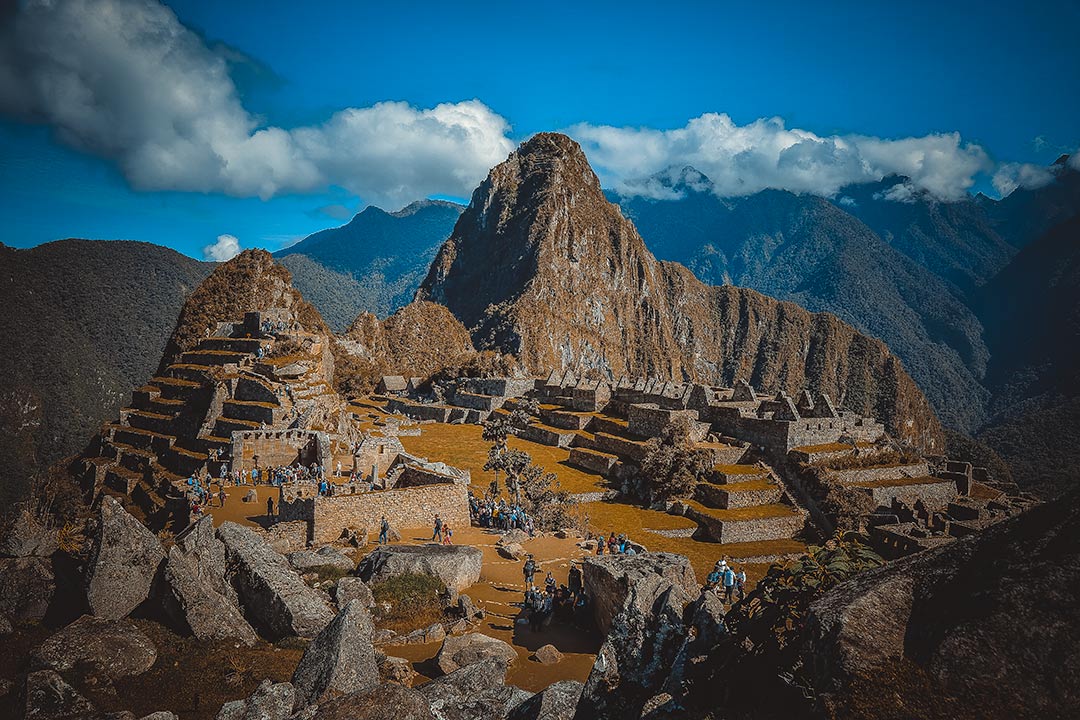
3. Locals knew it was there all along
The people who live in the hills and valleys around Machu Picchu have known it was there since the time it was built. After the Spanish conquest of the Incas, locals frequented the site, passing it as they traversed the mountains, living in it or using its operational aqueducts.
In fact, when Hiram Bingham arrived, there were two families living in its structures. In 1902, a local farmer named Augustin Lizarraga cleared the site for agriculture and wrote his name and the year in charcoal on one of the stones of the Temple of the Three Windows.
4. Spanish conquistadors never saw Machu Picchu
Though they vanquished the Inca Empire, Spaniards never laid a hand on Machu Picchu because they never found it. Thankfully, it was protected by the deep cloud forest’s vegetation and the mountain’s altitude and difficult terrain. Since it was a royal estate, the general public of the Incas may not have even known about it. Because of that, the Spaniards had likely never heard of it either, so they had no reason to look for it. There was no written language in Inca culture, so there were no historical records of the place.
5. An 11-year-old boy showed Bingham his first view of Machu Picchu
When Hiram Bingham came to Peru in 1911, he found himself in the right place at the right time. A contact of his at the national university in Cusco, Albert Geisecke, connected him with a Peruvian farmer who lived near Machu Picchu, Melchor Arteaga. Arteaga sent Bingham to the ruins with a local boy, 11 years old, who showed him to the spot where he got his first look at the remains of Machu Picchu.
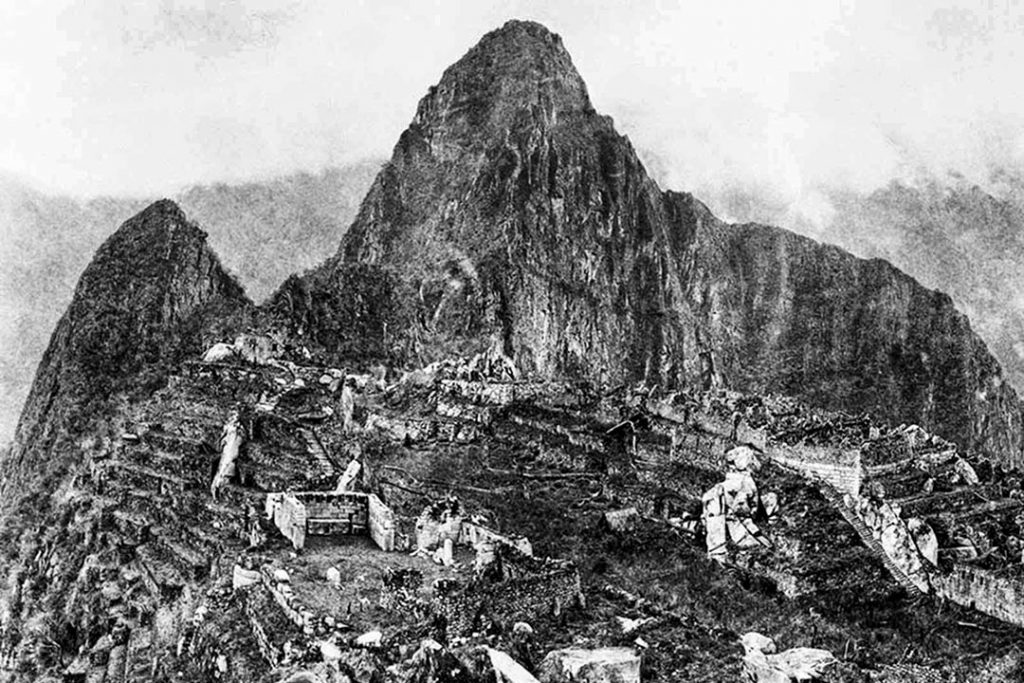
6. Hiram Bingham wasn’t the first foreigner to visit Machu Picchu
Other explorers from several European countries had also visited Machu Picchu’s ruins before Bingham, the earliest record being from the 1860’s. Through the years, it was seen and even inhabited after the Spanish conquest of the Incas. Machu Picchu was re-discovered several times before it was announced to the western world. It almost happened a few years earlier than 1911 when Professor Curtis Farabee from Harvard led an expedition. He was in the Urubamba Valley, and locals told him there were ruins nearby, but he didn’t visit them.
Hiram Bingham built on writings and maps of former explorers to guide his journey and find the site. His claim to fame is because he had the backing of the National Geographic Society, giving him a popular platform from which to share his findings with the outside world.
7. There is no historical record of Machu Picchu from the time of its prime
The Incas didn’t have written language but, instead, recorded data with quipus, strings of yarn with meaningful knots, something like morse code. Only specially trained members of society could interpret these messages, and these interpreters were scattered during the Spanish conquest. Since the Spanish never found Machu Picchu, they also didn’t have the opportunity to record written information about the citadel for future generations like they did in Vitcos and Vilcabamba.
Machu Picchu is still shrouded in mystery, though many speculations have been made about the details of its purpose and inhabitants and their way of life.
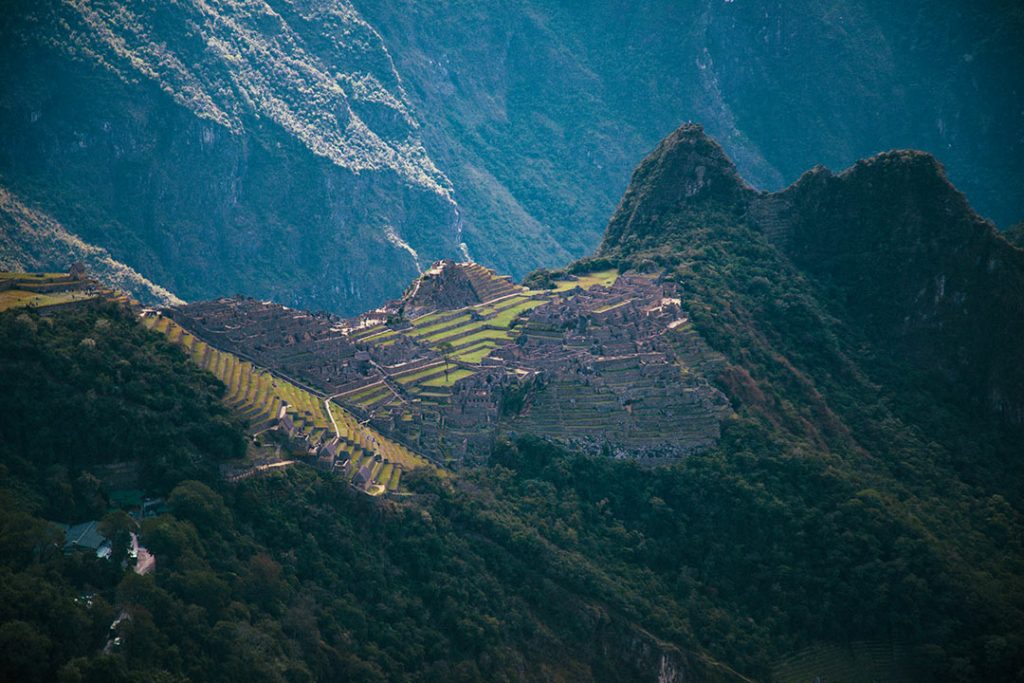
8. Bingham took 50,000 Inca artifacts from Machu Picchu and other sites
When Hiram Bingham arrived at these age-old archeological sites, he couldn’t help himself. He collected thousands and thousands of artifacts to be displayed and studied at Yale University. At the time, he was given temporary permission from the Peruvian government and was supported by the country in future excavations.
Unfortunately, Yale didn’t hold up their end of the deal, and only recently in 2007, many of the artifacts were returned to their original home. Peru is still in a legal fight to get the rest of them back.
9. The expedition of Hiram Bingham was funded by Tiffany & Co
The founder of the famous jewelry company, Tiffany & Co., was Charles Tiffany. When he passed, part of the company’s $35 million was inherited by his daughter, Annie Olivia Tiffany. She had a daughter named Alfreda Mitchell, and Alfreda married Hiram Bingham in 1898. Her family’s fortune essentially led to the presentation of Machu Picchu to the western world!
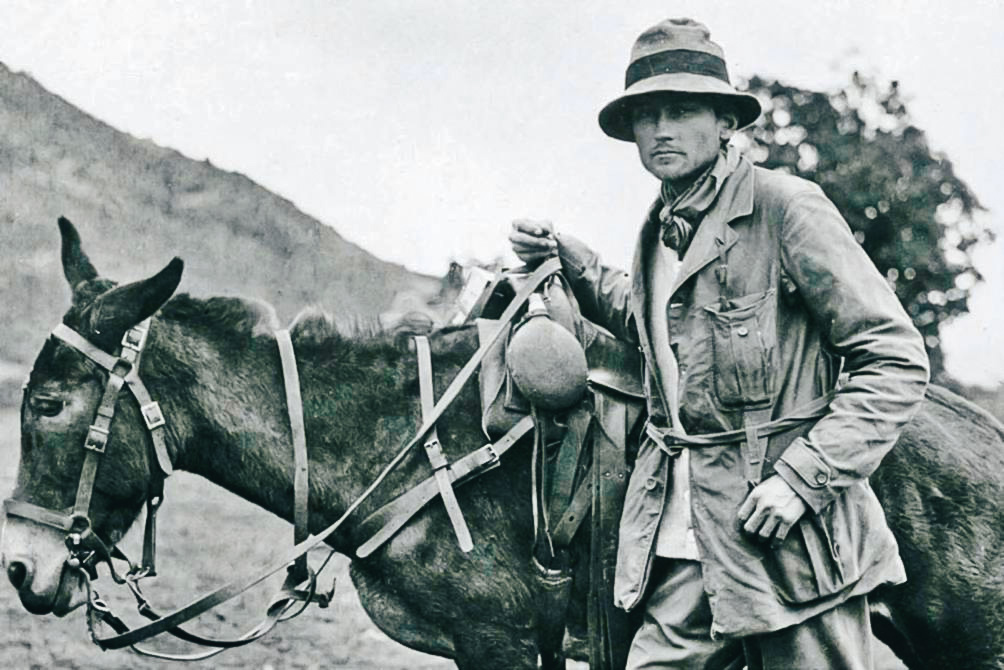
See for Yourself
Now that you know a bit more about Machu Picchu’s mysterious history and complicated re-discovery, come see why it’s so popular for yourself! You can walk in the footsteps of Hiram Bingham on the Inca Trail or take a more comfortable day trip. It’s a place intimately connected with its natural surroundings, bathed both in history and spirituality.
→ As you plan your trip, make sure to do some research on the new ticketing process for the Historical Sanctuary of Machu Picchu.
Apart from the amazing Machu Picchu, the region of Cusco has so much else to offer, each exciting destination adding to the life-long impact Peru will leave on you. See you soon!
Written by: Bethany Iversen Marrou

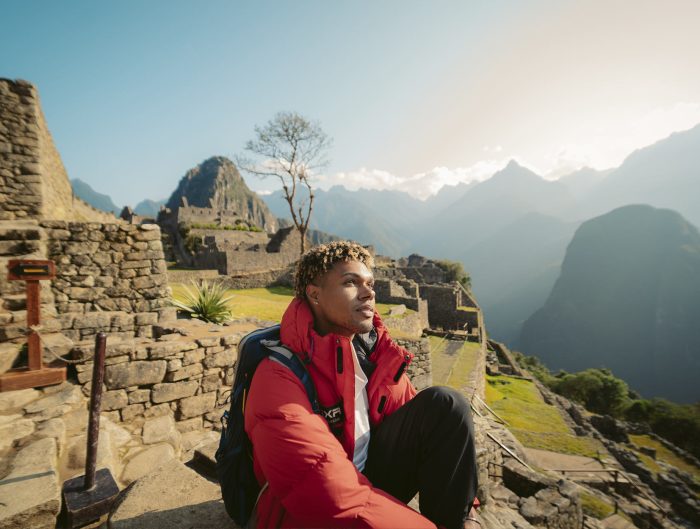


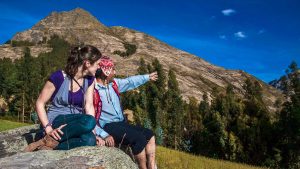
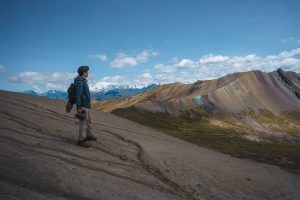
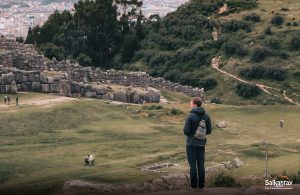
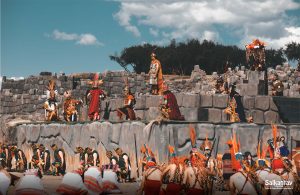


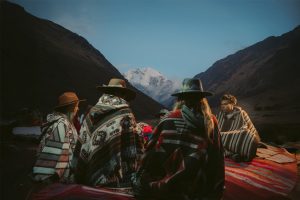


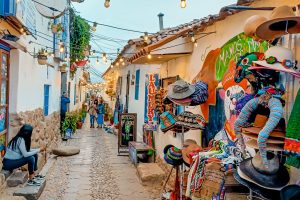
Leave A Reply